CQN Virtual Testbed
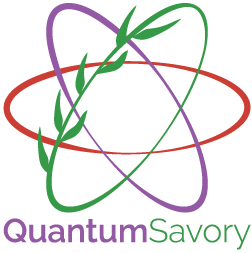 Stefan Krastanov
Stefan KrastanovUMass Amherst
Modeling Technologies Considerations
Backend Efforts
Overview For Software Engineers
Overview For Quantum Engineers
Scientific Computing
1. Multi-physics modeling
2. Surrogate modeling and emulation
3. Simulation-based inference
4. Causal modeling and inference
5. Agent-based modeling
6. Probabilistic programming
7. Differentiable programming
8. Open-ended optimization
9. Machine programming
- Lavin et al.Simulation Intelligence: Towards a New Generation of Scientific Methods
Scientific Computing
1. Multi-physics modeling
2. Surrogate modeling and emulation
3. Simulation-based inference
4. Causal modeling and inference
5. Agent-based modeling
6. Probabilistic programming
7. Differentiable programming
8. Open-ended optimization
9. Machine programming
- Lavin et al.Simulation Intelligence: Towards a New Generation of Scientific Methods
QIS specific issues
Quantum systems are expensive to model...
...and there is a diverse set of modeling techniques.
Quantum Entanglement makes correlations between system components hard to model.
Types of Dynamics
Types of Dynamics
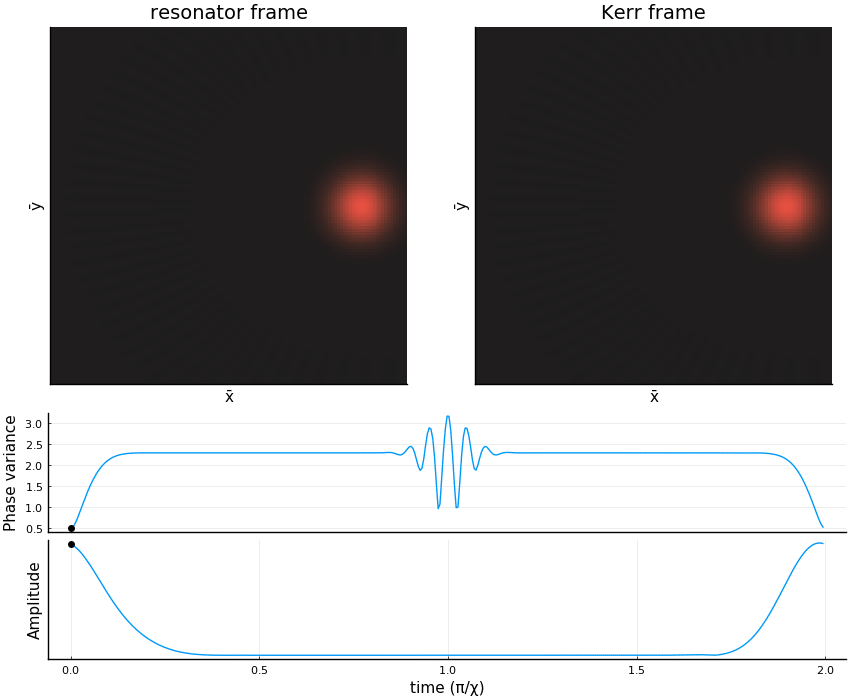
Hamiltonians, Master Equations
Types of Dynamics

Hamiltonians, Master Equations
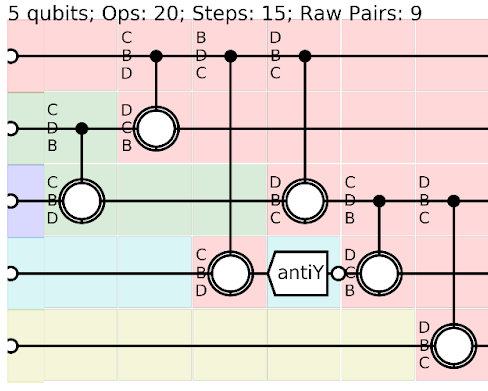
Gates, Circuits, Network Schedules
Types of Dynamics

Hamiltonians, Master Equations

Gates, Circuits
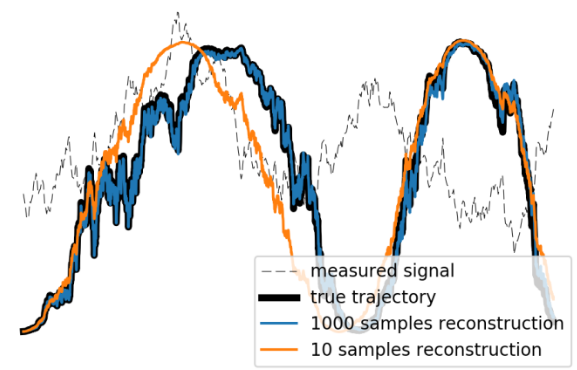
Weak Measurements, Feedback
State Representation
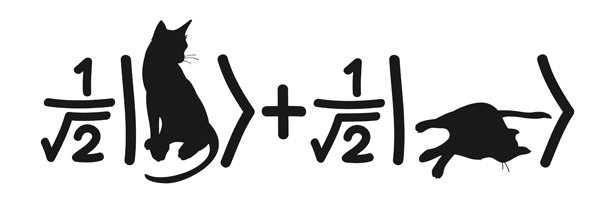
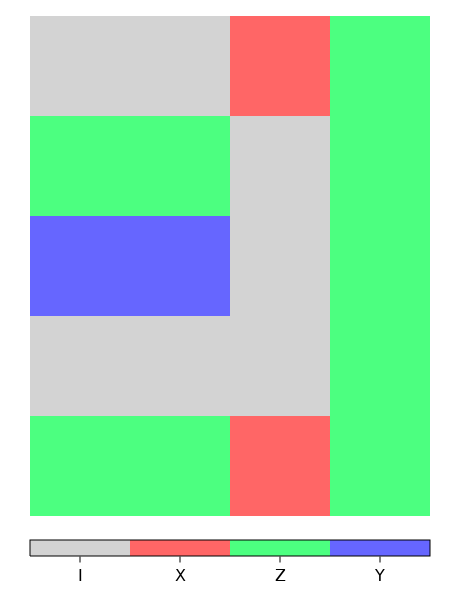
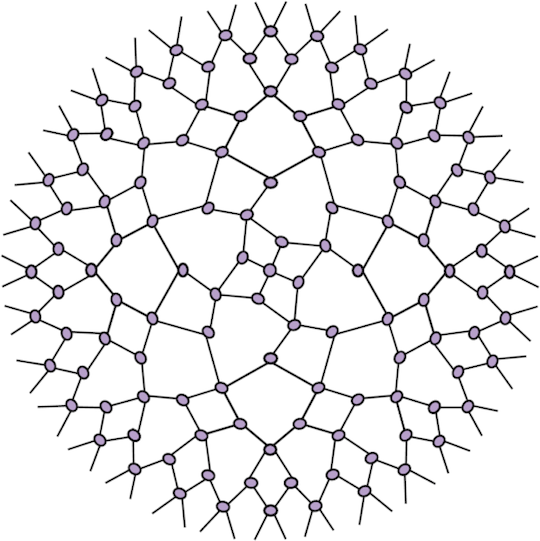
Digression: We have the fastest tableaux algebra tool in-house
a = random_pauli(1_000_000_000);
b = random_pauli(1_000_000_000);
@benchmark mul_left!(a,b)
# Time (median): 32.246 ms
included features: ECC circuit generation,
symbolic evaluation of figures of merit,
weakly non-Clifford states, ...
- Krastanov and contributorsQuantumClifford.jl
... and work on GPU acceleration for Clifford circuits¹
... and a library of codes and syndrome measurement circuit compilers²
... and expander-graph LDPC code generators³
- past and current undergrad projects at MIT and GSoC
- past and current undergrad projects at GSoC and UMass
- Shu Ge, Vaishnavi Addala, Stefan Krastanov
Digression: The fastest Bell pair purification simulator in-house
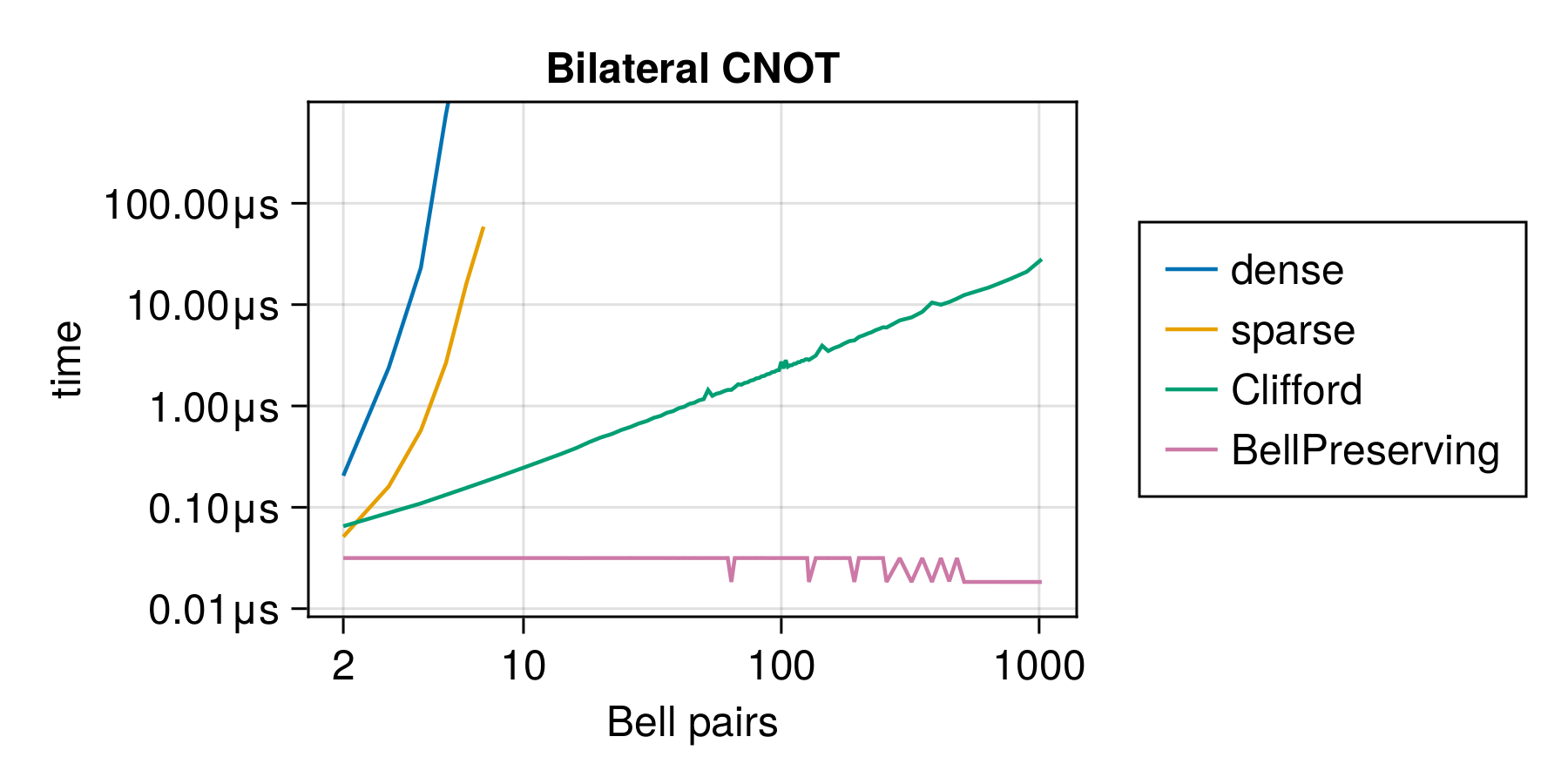
- Shu Ge, Vaishnavi Addala, Stefan Krastanov
Full-Stack Design and Optimization Toolkit
Symbolic description of quantum logic
Declarative noise models
Translation to many simulator backends
Discrete event scheduler
High-level lego-like interface
Symbolic description of quantum logic
julia> N⊗X * vac⊗X1
n̂⊗σˣ|0⟩|+⟩
julia> express(vac⊗X1)
Ket(...)
julia> express(X1⊗Z2, CliffordRepr())
X_
-_Z
traits = [Qubit(), Qubit(), Qumode()]
reg = Register(traits)

A register "stores" the states being simulated.
Translation to many simulator backends
initialize!(reg[1], X₁)

A register's slot can be initialized to an arbitrary state, e.g. $|x_1\rangle$ an eigenstate of $\hat{\sigma}_x$.
Translation to many simulator backends
initialize!(reg[1], X₁)
initialize!(reg[2], Z₁)
apply!((reg[1], reg[2]), CNOT)
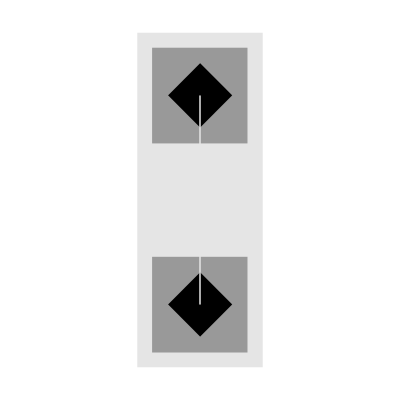
Arbitrary quantum gates or channels can be applied.
Discrete event scheduler
Locks and channels, message passing, delays, concurrency, agent-based sims...Discrete event scheduler
High-level lego-like interface
for (;src, dst) in edges(mgraph)
@process entangler(sim, mgraph, src, dst, ...)
end
for node in vertices(mgraph)
@process swapper(sim, mgraph, node, ...)
end
for (;src, dst) in all_node_pairs(mgraph)
@process entangler(sim, mgraph, src, dst, ...)
end
QuantumSavory.jl
github.com/QuantumSavory
Scientific Computing
1. Multi-physics modeling
2. Surrogate modeling and emulation
3. Simulation-based inference
4. Causal modeling and inference
5. Agent-based modeling
6. Probabilistic programming
7. Differentiable programming
8. Open-ended optimization
9. Machine programming
Multi-formalism QIS modeling